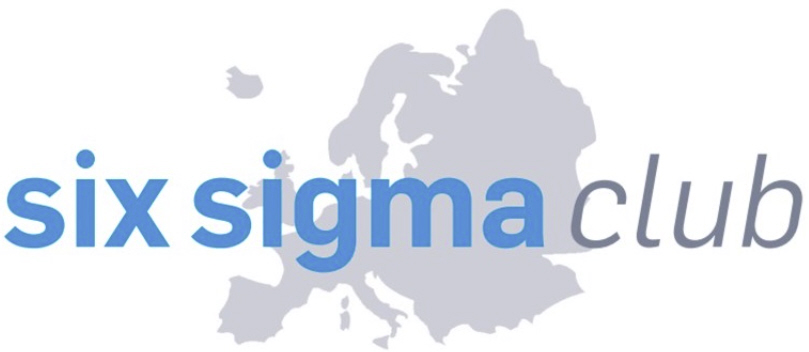Megatrends of the future, such as Industry 4.0, big data, connectivity and innovation, were key topics at the annual conference of the European Six Sigma Club Germany (ESSC-D) in Nuremberg in March. Over 100 experts learned about new challenges and the integration and expansion of the Six Sigma methodology. One insight was that the Six Sigma methodology must adapt to changes and find answers, for example for dealing with very large amounts of data as a result of megatrends. Prof. Oliver Mayer, Senior Principal Engineer at General Electric, presented an illustrative further development. According to him, the Design for Six Sigma (DFSS) methodology offers the possibility of integrating a so-called TRIZ (Teoria reschenija isobretatjelskich sadatsch) in view of the pressure to innovate in companies. Translated, TRIZ means a theory of inventive problem solving. This structured approach leads to more effective innovation. “At the conference, we saw how Six Sigma can deal with the new challenges. The future applications are a central topic for us, which we are continuing to drive forward in many working groups,” says Dieter Szemkus, Chairman of the ESSC-D.
Two new board members were elected at the annual general meeting of the European Six Sigma Club, which took place after the conference. The new Deputy Chairman and Chief Financial Officer is Michael Ohler and another member of the Board is Stefan Berg. They succeed the long-standing CFO Herbert Theato and Almut Melzer, who stepped down for personal reasons.
Press release as PDF:
Megatrends at the Six Sigma conference in Nuremberg

